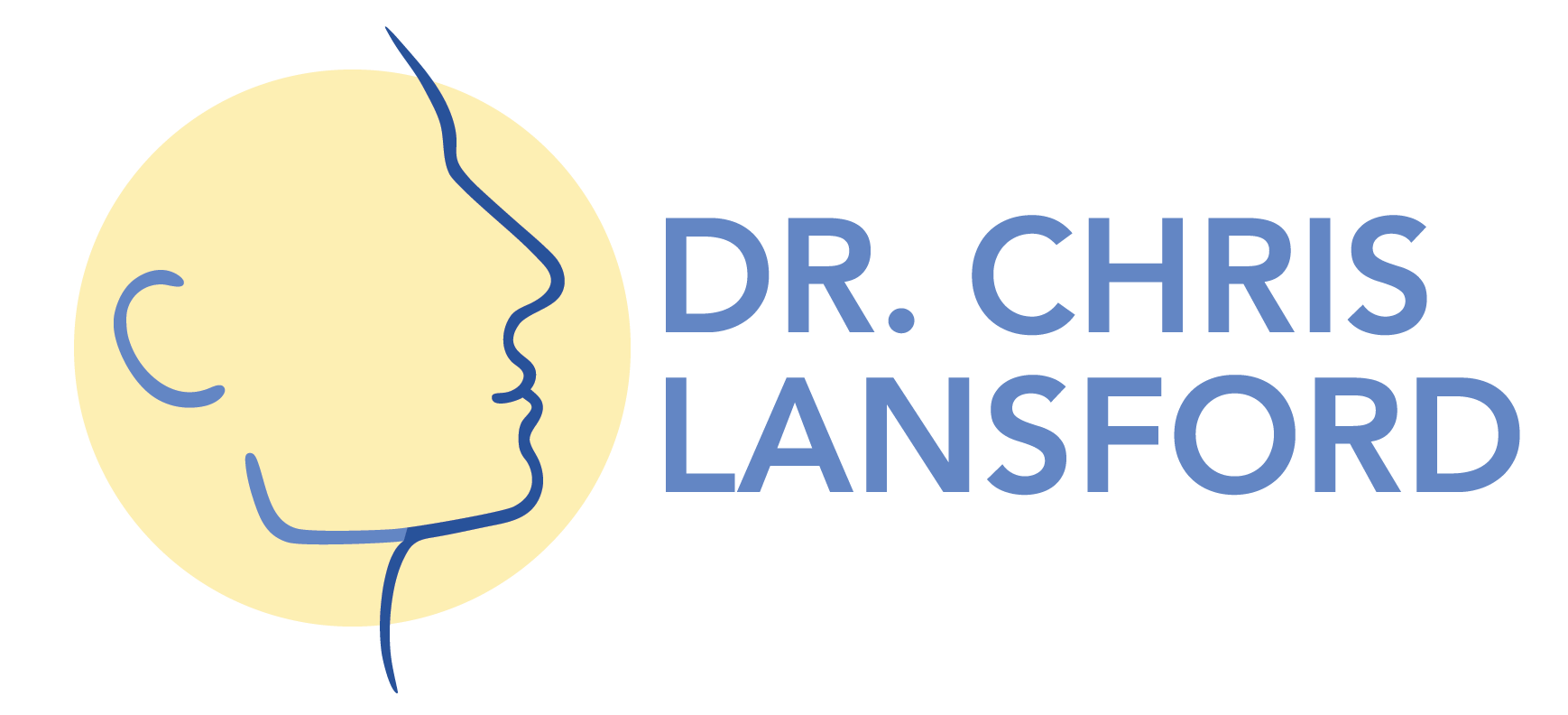Treatments: Cholesteatoma
Cholesteatoma is a dangerous condition treated surgically.
Treatment of cholesteatoma
Cholesteatoma treatment primarily involves surgical intervention. Management of an associated infection using antibiotics may be a necessary part of treatment, but medication alone does not cure or provide a long-term solution for cholesteatoma. A cholesteatoma is an abnormal skin growth in the middle ear that can lead to various complications, including hearing loss and infections. The treatment strategy typically includes the following steps:
Surgical Removal: The main treatment for cholesteatoma is surgery to remove the growth. During the procedure, the surgeon will remove the cholesteatoma sac and any infected tissue while preserving as much normal ear structure as possible. This is called a mastoidectomy.
Eardrum Reconstruction: If the eardrum is affected, it may also be repaired during surgery. This can help restore hearing and prevent further complications. This is called a tympanoplasty.
Ossicular Chain Reconstruction: If one or more of the three bones of the middle ear that connect the eardrum (tympanic membrane) to the inner ear (cochlea) is damaged by the cholesteatoma, the connection may be repaired in a procedure called an ossicular chain reconstruction.
Postoperative Care: After surgery, regular follow-up appointments are necessary to monitor healing and check for any recurrence of the cholesteatoma as well as to clean the ear (including the mastoid bowl created by surgery) of debris that inevitably accumulates. Patients may require additional medical treatment, such as antibiotics, to manage any infections.
Hearing Rehabilitation: In some cases, hearing aids or other forms of hearing rehabilitation may be needed, especially if there has been significant hearing loss due to the cholesteatoma.
Long-Term Monitoring: Cholesteatomas can recur, so long-term monitoring is essential. Patients may need periodic imaging studies or examinations to ensure that the condition is managed effectively.
Early diagnosis and treatment help prevent serious health risks associated with cholesteatoma, including further hearing loss, damage to surrounding structures in the ear, and infection that may spread to the brain.

